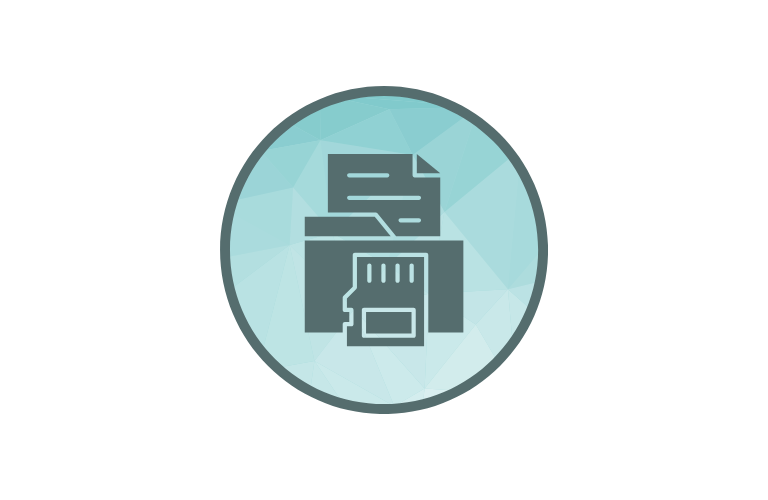Caching is a cornerstone of high-performance web applications, and when combined with Laravel and Redis, it becomes a powerhouse for optimizing speed, scalability, and user experience. In this article, we’ll explore advanced Redis caching strategies in Laravel, going beyond the basics to help you unlock the full potential of your application.
Table of Contents
Introduction to Caching in Laravel
Caching is the process of storing copies of files or computationally expensive results in a fast-access storage layer. This reduces the time it takes to serve content to users, significantly improving application performance.
Laravel, a popular PHP framework, offers seamless integration with various caching backends like Redis, Memcached, and file-based caching. Redis, in particular, stands out for its speed, versatility, and advanced features, making it an ideal choice for Laravel applications.
Why is Caching Important in Laravel?
Caching plays a critical role in modern web applications. Here’s why it’s essential for Laravel:
- Reduced Latency: Caching minimizes the need to fetch data from the database repeatedly, resulting in faster response times.
- Scalability: By reducing the load on your database and application servers, caching makes it easier to scale your application as traffic grows.
- Efficiency: Caching avoids redundant processing, preserving CPU and memory resources for other tasks.
- Improved User Experience: Faster load times lead to happier users and higher engagement rates.
How Does Laravel Implement Caching?
Laravel provides a unified API for various caching backends, including:
- File Cache: Stores cached items on the local filesystem.
- Database Cache: Uses a database table to store cached items.
- Redis/Memcached: In-memory data stores that offer blazing-fast performance.
Redis, with its persistent storage and advanced data structures, is a popular choice for Laravel applications. Here’s a simple example of caching in Laravel:
Route::get('/profile', function () {
$user = Cache::remember('user-profile', 60, function () {
return DB::table('users')->find(Auth::user()->id);
});
return view('profile', ['user' => $user]);
});In this example, Laravel caches the user profile for 60 seconds, reducing database queries for subsequent requests.
Understanding Redis and Its Benefits for Laravel
Redis (Remote Dictionary Server) is an open-source, in-memory data structure store. It’s not just a cache but also a database and message broker. Here’s why Redis is a game-changer for Laravel:
- High Performance: Redis stores data in memory, enabling lightning-fast access times.
- Advanced Data Structures: Supports strings, lists, sets, hashes, and more, making it versatile for various use cases.
- Persistence: Offers options for data durability, ensuring data isn’t lost during failures.
- Scalability: Supports master-slave replication and clustering for high availability.
- Pub/Sub Capabilities: Enables real-time messaging and event-driven architectures.
Setting Up Redis in a Laravel Environment
Integrating Redis with Laravel is straightforward. Follow these steps:
Step 1: Install Redis
Ubuntu:
sudo apt update
sudo apt install redis-servermacOS:
brew install redis
brew services start redisStep 2: Install Redis PHP Extension
Install the predis/predis package via Composer:
composer require predis/predisStep 3: Configure Redis in Laravel
Update your .env file:
REDIS_HOST=127.0.0.1
REDIS_PASSWORD=null
REDIS_PORT=6379
CACHE_DRIVER=redisConfigure config/database.php:
'redis' => [
'client' => 'predis',
'default' => [
'host' => env('REDIS_HOST', '127.0.0.1'),
'password' => env('REDIS_PASSWORD', null),
'port' => env('REDIS_PORT', 6379),
'database' => 0,
],
],Step 4: Test the Redis Connection
Use Laravel Tinker to test Redis:
php artisan tinker
>>> Cache::put('test', 'Redis is working!', 10);
>>> Cache::get('test');If it returns “Redis is working!”, your setup is successful.
Advanced Redis Caching Strategies in Laravel
Now that Redis is set up, let’s explore advanced caching strategies and techniques:
1. Object Caching
Store fully constructed objects in Redis to avoid rebuilding them on every request:
$user = Cache::remember('user:'.$userId, 3600, function () use ($userId) {
return User::find($userId);
});2. Query Result Caching
Cache the results of database queries to reduce load:
$posts = Cache::remember('posts.index', 3600, function () {
return Post::where('published', true)->get();
});3. Full-Page Caching
Cache entire HTML responses for static or semi-static pages:
Route::middleware('cache.page')->group(function () {
Route::get('/about', 'AboutController@index');
});4. Tagged Caching
Group-related cache items for easier management:
Cache::tags(['users', 'profiles'])->put('user:1', $user, 3600);
Cache::tags(['users', 'profiles'])->flush();5. Incrementing and Decrementing Values
Use Redis to increment or decrement values efficiently:
Cache::increment('page_views');
Cache::decrement('remaining_items', 5);6. Atomic Locks
Prevent race conditions using atomic locks:
$lock = Cache::lock('processing', 10);
if ($lock->get()) {
// Perform task
$lock->release();
}7. Cache Events
Laravel dispatches events for cache operations, allowing you to monitor and log activities:
Event::listen('Illuminate\Cache\Events\CacheHit', function ($event) {
Log::info('Cache hit: ' . $event->key);
});8. Stale-While-Revalidate
Serve stale content while refreshing the cache in the background:
$value = Cache::remember('data', 60, function () {
return DB::table('data')->get();
});
if (Cache::has('data')) {
// Serve stale data
dispatch(function () {
Cache::put('data', DB::table('data')->get(), 60);
});
}9. Cache Prefixing
Use prefixes to avoid cache key collisions in multi-tenant applications:
'redis' => [
'default' => [
'prefix' => 'app1_',
],
],10. Cache Compression
Compress large cache items to save memory:
Cache::put('large_data', gzcompress($largeData), 3600);
$data = gzuncompress(Cache::get('large_data'));Monitoring and Managing Redis Performance
To ensure Redis operates efficiently:
- Use Redis commands like INFO and MONITOR for real-time insights.
- Integrate Laravel Telescope for detailed monitoring.
- Optimize cache hit rates by analyzing access patterns and adjusting TTL values.
- Troubleshoot common issues like memory usage and connection errors.
Scaling Laravel Applications with Redis
Redis enables horizontal scaling by:
- Centralizing session storage across multiple servers.
- Distributing cache data using Redis clusters.
- Handling high traffic with master-slave replication.
Best Practices for Redis and Laravel Caching
- Use persistent connections to reduce overhead.
- Serialize data efficiently with formats like igbinary.
- Set optimal cache expiry times based on data volatility.
- Secure Redis instances with authentication and encrypted connections.
- Regularly monitor and audit Redis performance.
Conclusion
Redis caching in Laravel is a powerful combination for building high-performance, scalable applications. By implementing advanced strategies like object caching, query result caching, and full-page caching, you can significantly enhance your application’s responsiveness.
As web applications continue to grow, Redis will remain a critical tool for optimizing performance and scalability. Start leveraging Redis in your Laravel projects today and experience the difference!



